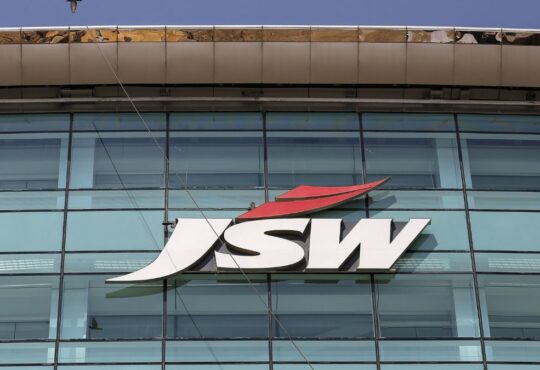
The investment-backed industrial story stayed firm despite slight disappointment
China’s industrial production softened slightly in May, rising by 0.3% month-on-month (mom) and 5.6% year-on-year (yoy) (April: 1.0% mom, 6.7% yoy), missing market expectations of 6.2%. Performance across different types of enterprises edged down in May, yet joint-publicly-owned (‘shareholding’) and private enterprises continued to lead, rising by 6.4% and 5.9% yoy, respectively. Foreign enterprises cooled more significantly from April’s high of 6.2% growth to 2.5% in May. The manufacturing sector eased to 6.0% in May from 7.5% in April, led by electronic equipment and high-tech manufacturing, which grew by 10% and 14.5% respectively in May (April: 15.6% and 11.3% respectively).
As planned by the authorities, the steady and strong performance in industrial production continued to be backed by investment, mainly state-led. In May, fixed-asset investment (FAI) grew by 4.0% yoy in the first five months of the year (Jan-Apr: 4.2%). While investment from state-owned enterprises (SOEs) grew by 7.1% year-to-date (ytd) for 2024, investment from foreign enterprises remained subdued, down 15.4%. According to our estimation, in the single month of May, FAI grew by 3.4% yoy, edging down from the rise of 3.5% in April. Coinciding with the robust output momentum in the manufacturing sector, it also saw the most FAI increase across sectors, growing by 9.4% in May (April: 9.3%). FAI in the infrastructure sector remained relatively stable, growing by 5.1% in May (April: 5.1%).
Although industrial production softened slightly in May, it has been growing at an average annual rate of 6.0% for the first five months of the year, the fastest pace since 2021 and similar to 2019. The robust performance confirms our expectation of the growth profile for this year, which will continue to be driven by industrial production supported by state-led investment.
Property market muted despite recent policy efforts, consumer response surprised
The property market however remains weak with price falls continuing in May. Prices for new and second-hand properties dropped by 0.7% and 1.0% mom respectively. This comes despite increased support for the sector, which from mid-May included Beijing’s further efforts to stabilise the market, in continuous decline since early 2022. The People’s Bank of China (PBoC) announced a re-lending programme of RMB 300 million to bolster Beijing’s support.
Despite the muted reaction from the property market, retail sales surprised on the upside, growing by 3.7% yoy (BBG: 3.0%) and 0.5% mom. Sales of consumer goods rose by 3.6% in May, and catering grew by 5.0% (April: 2.0% and 4.4% respectively). Sales of home appliances grew by 12.9% in May, the fastest pace since early 2021. Auto sales dropped by 4.4% in May, narrowing the decline of 5.6% in April. By the end of May, services-related retail sales had grown by 7.9%, compared to 4% for retail sales.
The recovery in retail sales has been bumpy since the second half of 2023, highlighting consumer caution in the face of multiple challenges from the property market correction and the gloomy labour market. Despite the highline urban unemployment remained stable at 5.0% in May, it does not reflect the labour market dynamics fully, given that it does not capture migrant workers group, which is an important source of labour supply in China’s economy. Although consumers surprised the market with the latest monthly figure, we believe retail sales are likely to remain lagged in the near term. Should the robust industrial production improve the overall economic outlook by the end of the year, consumer confidence may increase.
Little expected on policy rate cut in near term
As expected, the PBoC kept the 1-Year Medium-Term Lending Facility (MLF) rate unchanged at 2.5% in today’s announcement. The central bank appears concerned about a number of factors, including banks’ Net Interest Margin (NIM), which reached a record low level of 1.5% in Q1 2024; a subdued yuan and commitment to maintaining a stable valuation of the RMB given the “high for longer” stance of the Federal Reserve; and a preoccupation with excessively low sovereign bond yields. All of these appear to be dissuading the central bank from monetary policy easing, despite the subdued consumer backdrop and persistent below target-level inflation. Instead, we expect a Required Reserve Ratio (RRR) cut in the near term to provide liquidity support to the inventory purchase programme of local governments and SOEs.
The CSI 300 fell by 0.15% following today’s data release. The 10-year sovereign bond yield slid further to 2.25%.






